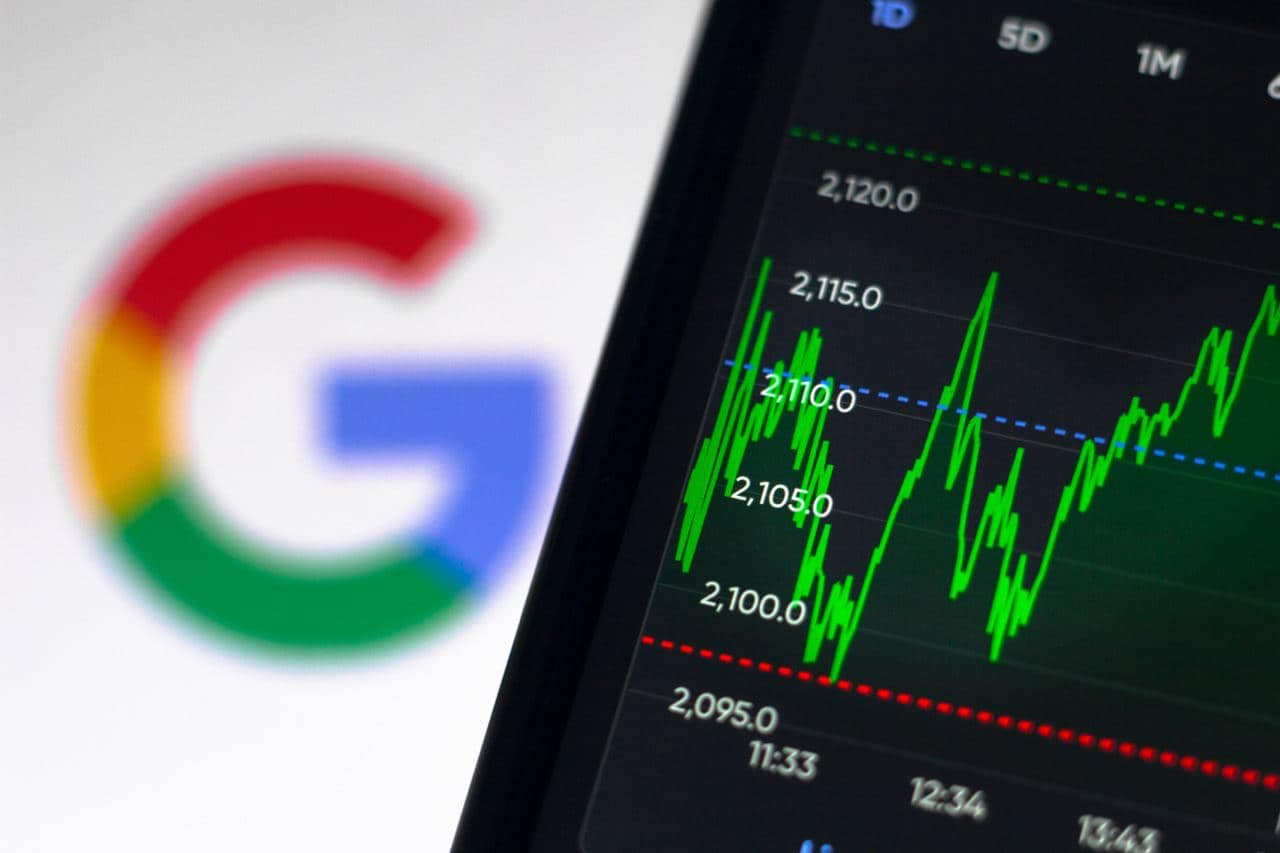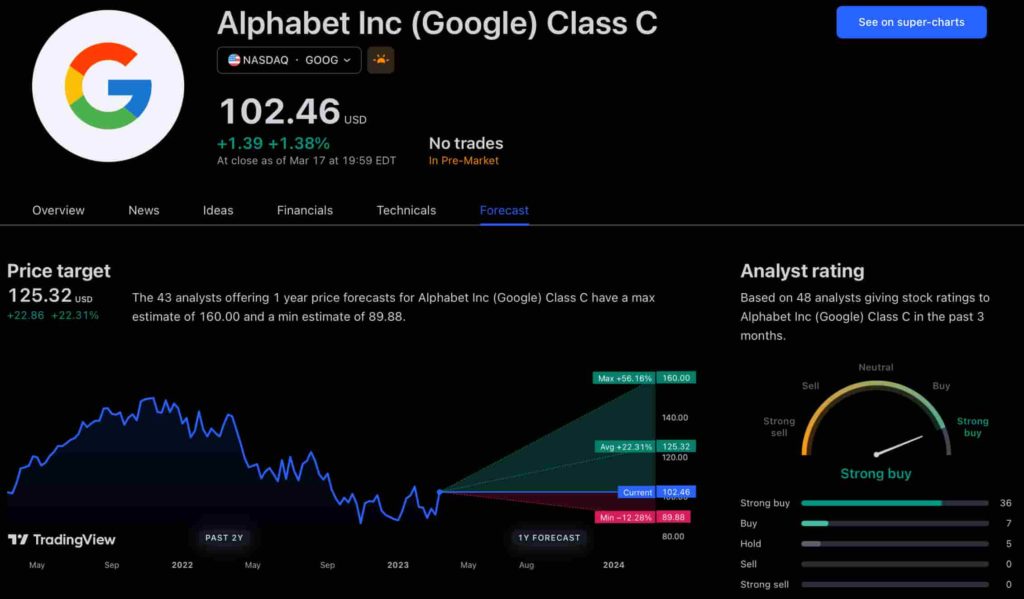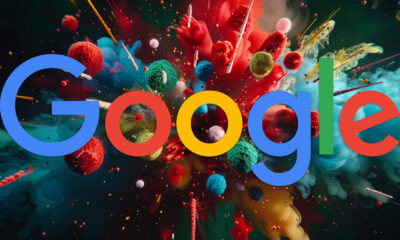The new app is called watchGPT and as I tipped off already, it gives you access to ChatGPT from your Apple Watch. Now the $10,000 question (or more accurately the $3.99 question, as that is the one-time cost of the app) is why having ChatGPT on your wrist is remotely necessary, so let’s dive into what exactly the app can do.
NEWS
Pay per click Advertising market getting back to growth | Google, Bing, Yahoo, Ask.com, AOL.com …
In its recently published report, Ample Market Research has provided unique insights about the Pay per click (PPC) Advertising market for the given period. One of the main objectives of this report is to categorize the various dynamics of the market and to offer latest updates such as mergers and acquisitions, various technological developments, new entrants in the market, which make an impact on different segments of the Pay per click (PPC) Advertising market .
At the beginning of 2020, COVID-19 disease began to spread around the world, millions of people worldwide were infected with COVID-19 disease, and major countries around the world have implemented foot prohibitions and work stoppage orders. Except for the medical supplies and life support products industries, most industries have been greatly impacted, and Pay-per-click (PPC) Advertising industries have also been greatly affected.
In the past few years, the Pay-per-click (PPC) Advertising market experienced a growth of XXX, the global market size of Pay-per-click (PPC) Advertising reached XXX million $ in 2020, of what is about XXX million $ in 2015.
This is the latest report, covering the current COVID-19 impact on the market. The pandemic of Coronavirus (COVID-19) has affected every aspect of life globally. This has brought along several changes in market conditions.
The report represents the statistical data in the form of tables, charts, and info-graphics to assess the market, its growth and development, and market trends of the Pay per click (PPC) Advertising market during the projected period.
Download the Sample ToC and understand the COVID19 impact and be smart in redefining business strategies
https://www.amplemarketreports.com/sample-request/global-pay-per-click-advertising-market-1702069.html
Know The Latest COVID-19 Impact Analysis And Strategies Of Key Players: Google, Bing, Yahoo, Ask.com, AOL.com, Baidu, Wolframalpha, DuckDuckGo, Sogou
Segmentation by Type Of Pay per click (PPC) Advertising Are:
- Flat-rate PPC
- Bid-based PPC
Segmentation by Region Of Pay per click (PPC) Advertising Are:
- North America Country (United States, Canada)
- South America
- Asia Country (China, Japan, India, Korea)
- Europe Country (Germany, UK, France, Italy)
- Other Country (Middle East, Africa, GCC)
The scope of the Report:
The research report on Pay per click (PPC) Advertising includes segmentation of the market. The Pay per click (PPC) Advertising market is segmented on the basis of application, services, end-users, and region. Each segment includes a detailed explanation of the factors that are likely to drive and restrain it. In addition, the research report also provides an assessment of the emerging trends in the global market that will benefit each segment during the forecast years.
Analysts have also studied the competitive landscape present in the Pay per click (PPC) Advertising market. The chapter on company profiles includes an analysis of the key players operating in the Pay per click (PPC) Advertising market. It provides vital information about the strategic initiatives about the companies in the market and their outlook for the forecast years.
Get Complete Report in your Inbox within 24 hours Now at:
https://www.amplemarketreports.com/buy-report.html?report=1702069&format=1
Table of Contents
Report Overview: It includes the objectives and scope of the study and gives highlights of key market segments and players covered. It also includes years considered for the research study.
Executive Summary: It covers Pay per click (PPC) Advertising industry trends with a high focus on market use cases and top market trends, the market size by regions, and global market size. It also covers market share and growth rate by regions.
Key Players: Here, the report concentrates on mergers and acquisitions, expansions, analysis of key players, establishment date of companies, and areas served, manufacturing base, and revenue of key players.
Breakdown by Product and Application: This section provides details about market size by product and application.
Regional Analysis: All of the regions and countries analyzed in the report are studied on the basis of market size by product and application, key players, and Pay per click (PPC) Advertising market forecast.
Profiles of International Players: Here, players are evaluated on the basis of their gross margin, price, sales, revenue, business, products, and other company details.
Market Dynamics: It includes supply chain analysis, analysis of regional marketing, challenges, opportunities, and drivers analyzed in the report.
About Us
Ample Market Research provides comprehensive market research services and solutions across various industry verticals and helps businesses perform exceptionally well. Attention to detail, consistency, and quality are elements we focus on. However, our mainstay remains to be knowledge, expertise, and resources to make us industry players.
Our mission is to capture every aspect of the market and offer businesses a document that makes solid grounds for crucial decision making.
Contact Us
Ample Market Research & Consulting Private Limited
William James
Media & Marketing Manager
Address: 3680 Wilshire Blvd, Ste P04 – 1387 Los Angeles, CA 90010
Website: www.amplemarketreports.com
Facebook Faces Yet Another Outage: Platform Encounters Technical Issues Again

Uppdated: It seems that today’s issues with Facebook haven’t affected as many users as the last time. A smaller group of people appears to be impacted this time around, which is a relief compared to the larger incident before. Nevertheless, it’s still frustrating for those affected, and hopefully, the issues will be resolved soon by the Facebook team.
Facebook had another problem today (March 20, 2024). According to Downdetector, a website that shows when other websites are not working, many people had trouble using Facebook.
This isn’t the first time Facebook has had issues. Just a little while ago, there was another problem that stopped people from using the site. Today, when people tried to use Facebook, it didn’t work like it should. People couldn’t see their friends’ posts, and sometimes the website wouldn’t even load.
Downdetector, which watches out for problems on websites, showed that lots of people were having trouble with Facebook. People from all over the world said they couldn’t use the site, and they were not happy about it.
When websites like Facebook have problems, it affects a lot of people. It’s not just about not being able to see posts or chat with friends. It can also impact businesses that use Facebook to reach customers.
Since Facebook owns Messenger and Instagram, the problems with Facebook also meant that people had trouble using these apps. It made the situation even more frustrating for many users, who rely on these apps to stay connected with others.
During this recent problem, one thing is obvious: the internet is always changing, and even big websites like Facebook can have problems. While people wait for Facebook to fix the issue, it shows us how easily things online can go wrong. It’s a good reminder that we should have backup plans for staying connected online, just in case something like this happens again.
NEWS
We asked ChatGPT what will be Google (GOOG) stock price for 2030

Investors who have invested in Alphabet Inc. (NASDAQ: GOOG) stock have reaped significant benefits from the company’s robust financial performance over the last five years. Google’s dominance in the online advertising market has been a key driver of the company’s consistent revenue growth and impressive profit margins.
In addition, Google has expanded its operations into related fields such as cloud computing and artificial intelligence. These areas show great promise as future growth drivers, making them increasingly attractive to investors. Notably, Alphabet’s stock price has been rising due to investor interest in the company’s recent initiatives in the fast-developing field of artificial intelligence (AI), adding generative AI features to Gmail and Google Docs.
However, when it comes to predicting the future pricing of a corporation like Google, there are many factors to consider. With this in mind, Finbold turned to the artificial intelligence tool ChatGPT to suggest a likely pricing range for GOOG stock by 2030. Although the tool was unable to give a definitive price range, it did note the following:
“Over the long term, Google has a track record of strong financial performance and has shown an ability to adapt to changing market conditions. As such, it’s reasonable to expect that Google’s stock price may continue to appreciate over time.”
GOOG stock price prediction
While attempting to estimate the price range of future transactions, it is essential to consider a variety of measures in addition to the AI chat tool, which includes deep learning algorithms and stock market experts.
Finbold collected forecasts provided by CoinPriceForecast, a finance prediction tool that utilizes machine self-learning technology, to anticipate Google stock price by the end of 2030 to compare with ChatGPT’s projection.
According to the most recent long-term estimate, which Finbold obtained on March 20, the price of Google will rise beyond $200 in 2030 and touch $247 by the end of the year, which would indicate a 141% gain from today to the end of the year.
Google has been assigned a recommendation of ‘strong buy’ by the majority of analysts working on Wall Street for a more near-term time frame. Significantly, 36 analysts of the 48 have recommended a “strong buy,” while seven people have advocated a “buy.” The remaining five analysts had given a ‘hold’ rating.

The average price projection for Alphabet stock over the last three months has been $125.32; this objective represents a 22.31% upside from its current price. It’s interesting to note that the maximum price forecast for the next year is $160, representing a gain of 56.16% from the stock’s current price of $102.46.
While the outlook for Google stock may be positive, it’s important to keep in mind that some potential challenges and risks could impact its performance, including competition from ChatGPT itself, which could affect Google’s price.
Disclaimer: The content on this site should not be considered investment advice. Investing is speculative. When investing, your capital is at risk.
NEWS
This Apple Watch app brings ChatGPT to your wrist — here’s why you want it

ChatGPT feels like it is everywhere at the moment; the AI-powered tool is rapidly starting to feel like internet connected home devices where you are left wondering if your flower pot really needed Bluetooth. However, after hearing about a new Apple Watch app that brings ChatGPT to your favorite wrist computer, I’m actually convinced this one is worth checking out.
-

 SEO7 days ago
SEO7 days agoGoogle Limits News Links In California Over Proposed ‘Link Tax’ Law
-

 SEARCHENGINES6 days ago
SEARCHENGINES6 days agoGoogle Core Update Volatility, Helpful Content Update Gone, Dangerous Google Search Results & Google Ads Confusion
-
SEARCHENGINES7 days ago
Daily Search Forum Recap: April 12, 2024
-

 SEO6 days ago
SEO6 days ago10 Paid Search & PPC Planning Best Practices
-

 MARKETING6 days ago
MARKETING6 days ago2 Ways to Take Back the Power in Your Business: Part 2
-

 MARKETING5 days ago
MARKETING5 days ago5 Psychological Tactics to Write Better Emails
-

 SEARCHENGINES5 days ago
SEARCHENGINES5 days agoWeekend Google Core Ranking Volatility
-

 PPC6 days ago
PPC6 days agoCritical Display Error in Brand Safety Metrics On Twitter/X Corrected


